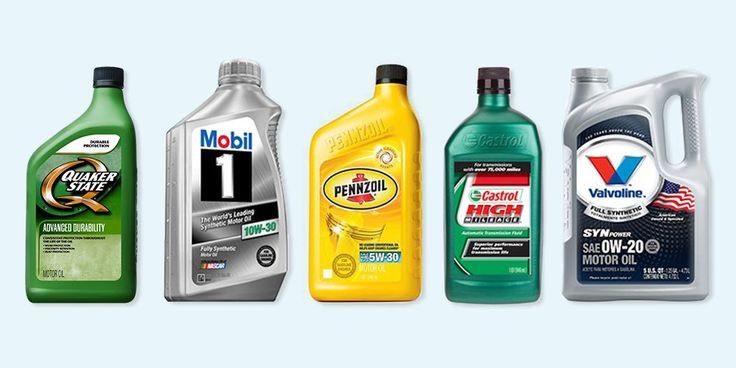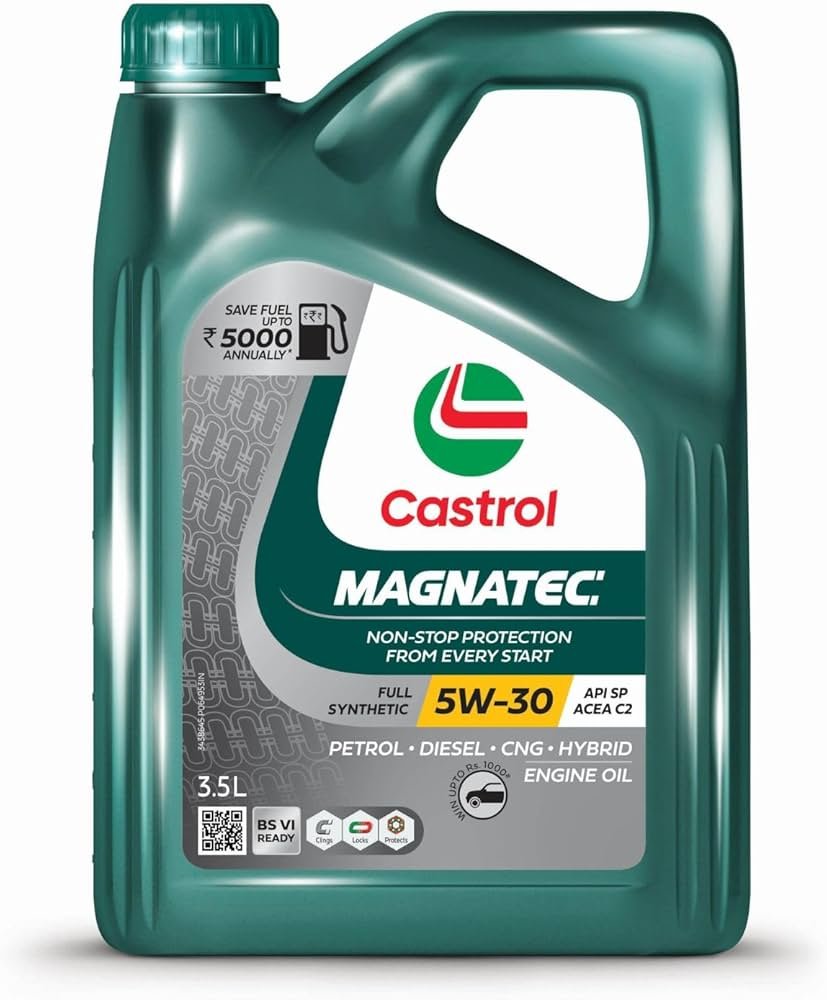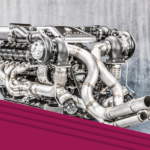Figuring out what gibberish is written on those engine oil containers can be a tough battle that may lead you to either a long-lasting kingdom (a car with a long life ahead) or losing your precious queen (your engine smokes its last breath).
Let’s go over a few basics first—what do engine oils actually do? When I first got into cars, I asked myself a question: “What could possibly happen if I put petrol inside the engine instead of whatever 5W-30 is?” Let’s just be glad I didn’t have to find the answer to that question.
Engine oils are essentially just lubricants. They reduce the friction between the moving parts of the engine, minimizing wear and tear and allowing our engines to last longer than just a couple of hours. Your engine will probably run without any oil in it, but it won’t last very long. The reduced friction saves a LOT of energy, making our engines more efficient and performance-driven.
It also acts as a heat dissipator, helping keep the engine at bearable temperatures so that metal parts don’t experience extreme heating, which could cause them to expand and result in further wear. Engine oils also keep the engine clean and its internal components sealed by filling gaps to prevent leaks in the chamber.

No matter what type or grade of engine oil you use, these are its primary functions. Now, let’s look at the two different types of engine oils:
Conventional vs. Synthetic Oil
This is practically just a comparison between the old and the new. Conventional oil was more widely used back in the day since the production process was far simpler. It is derived from crude oil/petroleum, refined to remove impurities (though not 100%), and adjusted with additives to reach the required viscosity.
Viscosity? What is that? It refers to how thick the fluid is. For example, honey is a thick fluid, as you can tell by its resistance to flow. This gives honey a high viscosity compared to water.
Conventional oil’s molecular composition is unordered, making it less efficient in lubrication. It does not perform well under high temperatures, as it can turn into an irreversible sludge, nor does it work well in extreme cold temperatures, where it becomes too thick to even start the car.
Synthetic oil, on the other hand, is more advanced and efficient. Although it originates from the same crude oil base, it is broken down completely and reassembled to have a perfectly uniform molecular structure with almost no impurities. The final product is formulated with a specific viscosity in mind, eliminating the need for viscosity-altering additives, though other types of additives can still be included.
Synthetic oils are much more temperature-resistant and last longer than conventional oils. The only downside is that they cost more than conventional oil, and some older cars aren’t designed to use synthetic oils. However, if you’re reading this article, your car probably requires synthetic oil, as most modern vehicles produced after the 1990s-2000s do.
Engine Oil Grading
“5W-30” “0W-20” “15W-40”
WHAT IS HE EVEN TALKING ABOUT??
These are oil grades, applicable to both synthetic and conventional oils.
The numbers before and after the hyphen (‘-’) represent the oil’s viscosity, and the “W” in the middle stands for Winter. The number preceding the “W” indicates the viscosity at cold temperatures (such as during a cold start in winter), while the number after the hyphen represents the viscosity at the engine’s normal operating temperature.
For example, in 5W-30, the “5” signifies the oil’s viscosity at freezing temperatures (-10°C or lower), while “30” represents its viscosity at around 100°C (the average engine operating temperature).
So, the higher the viscosity rating, the thicker the oil.

Using Thinner Engine Oils
As technology advances and efficiency becomes a priority, lower-viscosity oils are becoming increasingly popular. Thinner oils reduce the resistance against moving engine parts, improving power output and efficiency.
For example, switching from 0W-20 to 0W-30 (higher viscosity at operating temperature) or from 5W-30 to 10W-30 (higher viscosity at lower temperatures) can yield about 0.5% greater efficiency on average. While this may seem negligible, modern engines operate at a peak efficiency of around 40%, making even a 1% improvement significant for manufacturers.
A common concern is whether thinner oils adequately lubricate the engine and minimize wear. The answer is yes. Modern engines are designed so that mechanical parts rarely come into direct contact, allowing lower-viscosity oils to focus on lubrication, cooling, and improving fuel economy.
Engine Oils Based on Other Factors
Several factors determine the ideal engine oil for your car.
Since we’ve discussed efficiency, if you drive a hybrid vehicle focused on fuel economy, your car probably uses a thinner engine oil, such as 0W-20, 0W-30, or 5W-20. These oils are common in hybrid and low-performance competitors like the Toyota Prius, Hyundai Elantra, Mitsubishi Mirage, Toyota Camry, and Honda Civic Hybrid.
The lower viscosity at cooler temperatures makes it easier to start the engine, as thinner fluids require less power to circulate. These vehicles also don’t generate extreme heat since they prioritize efficiency over performance.
If you drive a performance car, however, you’ll need a higher viscosity at operating temperatures to handle excessive heat during track days and (very illegal) street races. You’d be looking at 5W-40, 10W-50, or even 0W-40 if cold temperatures aren’t a concern.
External conditions also play a role. If you live in Canada or another cold region where winter temperatures drop below -15°C, you’ll want an oil with a lower “W” rating for easier cold starts and proper oil circulation.
Making Your Final Decision
After considering all these factors, you can’t just pick any oil based on personal preference. The best approach is to:
- Check your owner’s manual – It will specify the recommended oil type and grade.
- Research your car/engine online – See what manufacturers and other owners suggest.
- Look under your hood – Many cars have the required oil grade printed on the oil cap.
Your engine is designed for a specific oil grade, and using the wrong one can cause long-term damage.
That said, minor deviations in viscosity grading are generally acceptable. For instance, if your car requires 5W-20, using 0W-20 (thinner at low temperatures) or 5W-30 (thicker at operating temperature) is usually fine. However, never exceed the recommended Winter viscosity rating or go below the high-temperature viscosity rating, as that could severely impact your engine’s performance and longevity.
I hope you learned something about engine oils today! Check out our other articles to learn how you can change your own engine oil at home!



